Tom Keating buried explosives in his fake paintings
Just now on 3sat!! Austrian TV interviewed an art-restorer. She said that she will not try to restore Keating paintings because he buried explosives under the paint, he was a master chemist.
''Gernstl ... Zweiteiliger Film von [http://de.wikipedia.org/wiki/Franz_Xaver_Gernstl Franz Xaver Gernstl] 1. in Wien (first broadcast 1.1.2007 - part one, about 10 minutes in)''
3sat is the name of a public, advertising-free, television network in Central Europe. The programming is in German, and is broadcast primarily within Germany, Austria and Switzerland.3sat was established for cultural programming broadcasts, over satellite networks. The network was founded as a cooperative network by Germany's ZDF, Austria's ORF and Switzerland's SRG SSR idée suisse (formerly SRG). 3sat's broadcasting began on 1 December 1984. The ZDF network provides leadership within the cooperative, though decisions are made through a consensus of the cooperative's partners.In 1990, the former DFF (Deutscher Fernsehfunk - English: German Television Broadcasting) of the German Democratic Republic became a cooperative member of 3sat, and a name change to 4sat was considered. Eventually it was decided to keep the original 3sat name. DFF's membership was dissolved in 3sat on 31 December 1991 as the broadcaster itself ceased to exist per Germany's Unification Treaty.As of 1 December 1993, ARD joined 3sat as a cooperative member. This followed ARD's creation of their satellite channel "Eins Plus". 3sat today broadcasts programming 24/7. 3sat is available on the European satellite Astra 1, cable television, and in Austria and Germany on digital terrestrial television.

Forger Thomas Keating
Thomas Keating
famous art forgerTom Keating (March 1, 1917 - February 12, 1984) was an art restorer and famous art faker who claimed to have faked more than 2,000 paintings by over 100 different artists.
Keating was born in Lewisham, London, into a poor family. After World War II he began to restore paintings for a living, though he also worked as a house painter to make ends meet. He exhibited his own paintings, but he failed to break into the art market.
Forger with a cause
Keating perceived the gallery system to be rotten, dominated, he said, by American "avant-garde fashion, with critics and dealers often conniving to line their own pockets at the expense both of naive collectors and impoverished artists". Keating retaliated by creating forgeries to fool the experts, hoping to destabilize the system.
Keating planted 'time-bombs' in his products. He left clues of the paintings' true nature for fellow art restorers or conservators to find. For example, he might write text onto the canvas with lead white before he began the painting, knowing that x-rays would later reveal the text. He deliberately added flaws or anachronisms, or used materials peculiar to the twentieth century. Modern copyists of old masters use similar practices to guard against accusations of fraud.
Technique
Keating's own approach of choice in oil painting was a Venetian technique inspired by Titian's practice, though modified and fine-tuned along Dutch lines. The resultant paintings, though time-consuming to execute, have a richness and subtlety of colour and optical effect, variety of texture and depth of atmosphere unattainable in any other way. Unsurprisingly, his favourite artist was Rembrandt.
For a 'Rembrandt', Keating might make pigments by boiling nuts for ten hours and filtering the result through silk; such colouring would eventually fade while genuine earth pigments would not. As a restorer he knew about the chemistry of cleaning fluids; so, a layer of glycerine under the paint layer ensured that when any of his forged paintings needed to be cleaned (as all oil paintings need to be, eventually), the glycerine would dissolve, the paint layer would disintegrate, and the painting - now a ruin - would stand revealed as a fake.
Occasionally, as a restorer, he would come across frames with Christie's catalogue numbers still on them. To help in establishing false provenances for his forgeries he would call the auction house to ask whose paintings they had contained - and then painted the pictures according to the same artist's style.
Keating also produced a number of watercolors in the style of Samuel Palmer and oil paintings by various European masters including Francois Boucher, Edgar Degas, Jean-Honoré Fragonard, Thomas Gainsborough, Amedeo Modigliani, Rembrandt, Pierre-Auguste Renoir and Kees van Dongen.
Revealing the forger
In 1970, auctioneers noticed that there were thirteen watercolor paintings of Samuel Palmer for sale - all of them depicting the same theme, the town of Shoreham. When an article published in The Times discussed the auctioneer's suspicions about their provenance, Keating confessed that they were his. He also estimated that more than 2,000 of his forgeries were in circulation. He had created them, he declared, as a protest against those art traders who get rich at the artist's expense. He also refused to list the forgeries.
Aftermath
Keating was finally arrested in 1977 and accused of conspiracy to defraud. That same year, he published his autobiography with Geraldine and Frank Norman. The case was dropped on account of his bad health. Years of chain smoking and the effects of breathing in the fumes of chemicals used in art restoring including ammonia, turpentine and methyl alcohol, together with the stress induced by the court case, had taken their toll. Through 1982 and 1983 Keating rallied, however, and though in fragile health, he presented television programmes on the techniques of old masters for Channel 4 in the UK. These programmes are still available on video. Just a year before he died in Colchester at age 66, Keating claimed in a television interview that, in his opinion, he was not an especially good painter. His proponents would disagree.
Even when he was alive, many art collectors and celebrities, such as the ex-heavyweight boxer Henry Cooper, had begun to collect Keating's work. After his death his paintings became increasingly valuable collectibles. The same year as his death, Christie's auctioned 204 of his works. The amount raised from the auction was not announced but it is said to have been considerable. Even his known forgeries, described in catalogues as "after" Gainsborough or Cézanne, attain high prices.
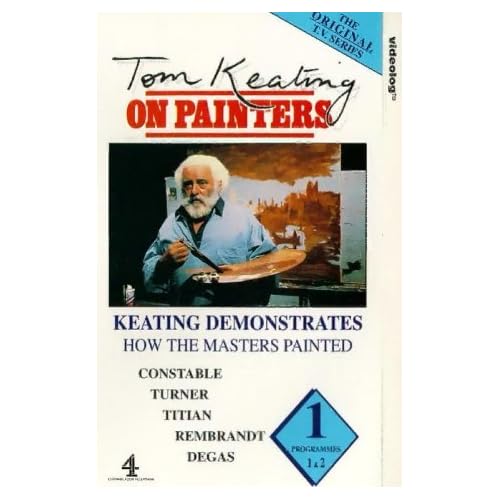
Keating demonstrates how the masters painted. Turner Titian Rembrandt Degas
KEATING planted TIME BOMBS In his paintings.
Some technique that would over time give clues.
His favourite artist was REMBRANDT.
REMBRANDT and his famous work the NIGHTWATCH.
 Stumble It!
Stumble It!

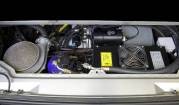
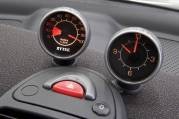
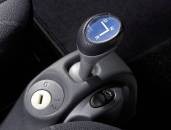
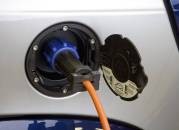
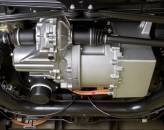
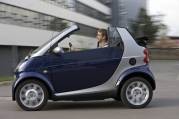


 Mit einem NEFZ-Verbrauch von nur 12 Kilowattstunden je 100 Kilometer und null Gramm Kohlendioxidausstoß ist der smart fortwo electric drive die sparsamste und klimafreundlichste Alternative im Stadtverkehr. Einmal aufgeladen fährt der 30 kW/41 PS starke Zweitürer rund 115 Kilometer (EUDC) weit. Ist die Batterie leer, kann sie an jeder 230-Volt-Steckdose wieder aufgeladen werden – und das mindestens 1.000 Mal. Damit kann die Batterie eine Lebensdauer von zehn Jahren erreichen. Die Aufladezeit beträgt vier Stunden für bis zu 80 Prozent und acht Stunden für 100 Prozent volle Leistung.
Mit einem NEFZ-Verbrauch von nur 12 Kilowattstunden je 100 Kilometer und null Gramm Kohlendioxidausstoß ist der smart fortwo electric drive die sparsamste und klimafreundlichste Alternative im Stadtverkehr. Einmal aufgeladen fährt der 30 kW/41 PS starke Zweitürer rund 115 Kilometer (EUDC) weit. Ist die Batterie leer, kann sie an jeder 230-Volt-Steckdose wieder aufgeladen werden – und das mindestens 1.000 Mal. Damit kann die Batterie eine Lebensdauer von zehn Jahren erreichen. Die Aufladezeit beträgt vier Stunden für bis zu 80 Prozent und acht Stunden für 100 Prozent volle Leistung.




